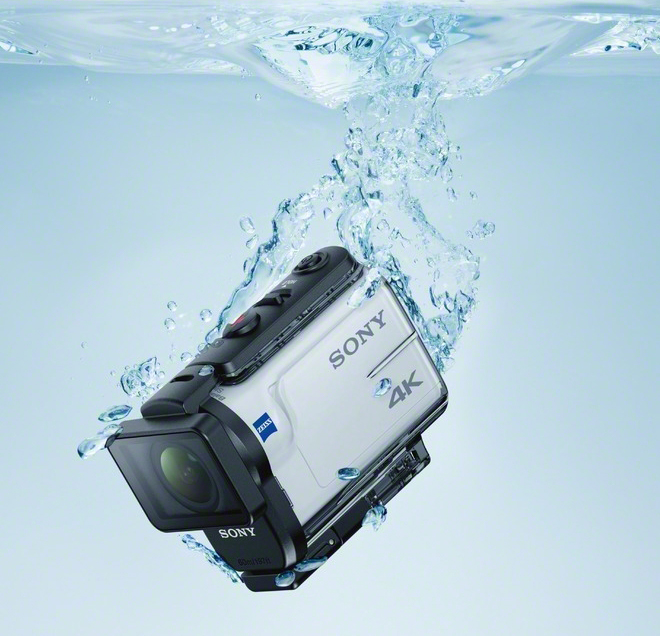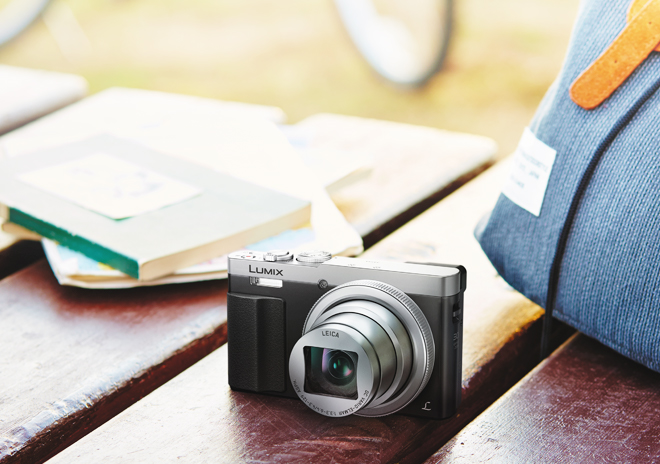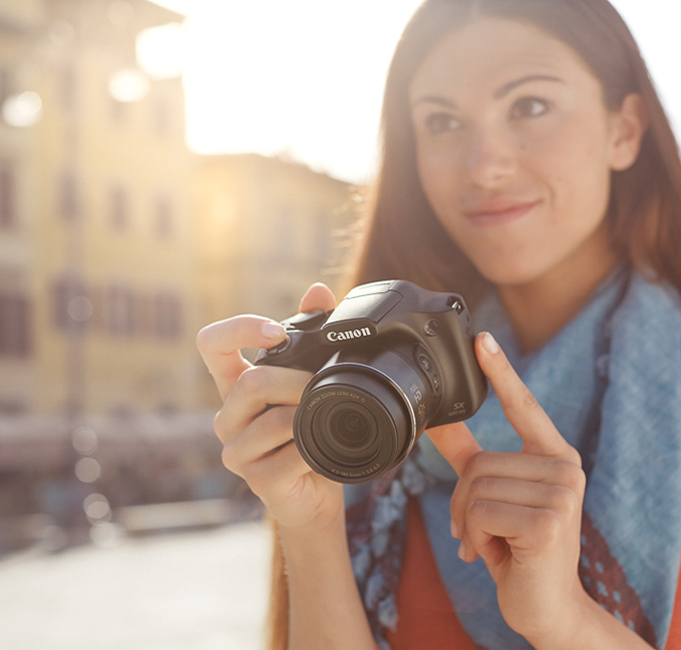CHOOSE A TYPE OF CAMERA
Who: Suitable for the everyday to experts
DSLR or Mirrorless? Let’s start with the fact that neither is necessarily better, they each have their pros and cons and it will come down to what suits your lifestyle.
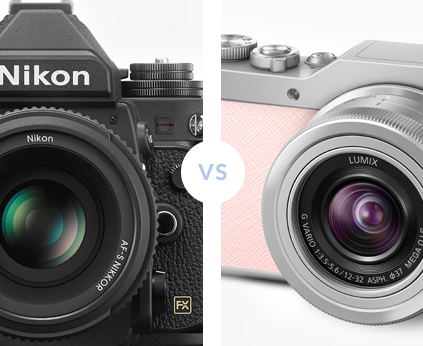
DSLR cameras use a mirror to direct the image from the lens to the viewfinder. This mirror flips up when you take the shot allowing the light to hit the image sensor. What you see in the viewfinder is a preview. Mirrorless cameras don’t use a mirror and so what you see in LCD or viewfinder is a live view of what you are shooting.
DSLRs have longer battery life as their power usage is less. They are also better for fast action photography for things like sports and active wildlife as they have faster contrast detection and have a wider array of lens options.
Mirrorless cameras weigh less and are much smaller in size. The viewfinder provides a more accurate view of what your final photo will look like, because the image in the viewfinder changes as you adjust the settings.
When choosing a DSLR or mirrorless camera here are some things to consider…
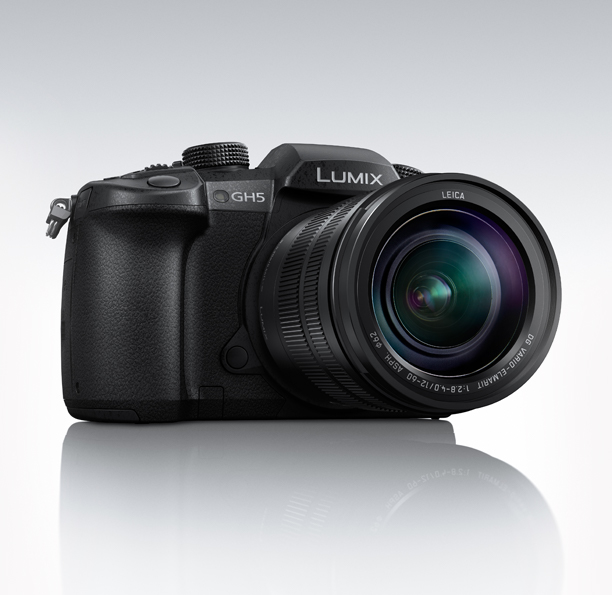
As the name suggest, these are pocket-sized cameras – but don’t let size deceive you as they can take great quality shots and come with a range of features to suit different needs.
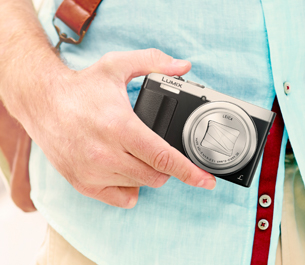
Compact Digital Cameras
Who: Everyday to Enthusiasts
These are a no-frills type of camera, giving you an affordable, lightweight, compact camera that is super easy to use.
Within compact cameras there are also ‘bridge cameras’ these cameras sit neatly between a basic auto compact camera and a full-feature DSLR camera. They have some degree of manual control but usually do not have interchangeable lenses.
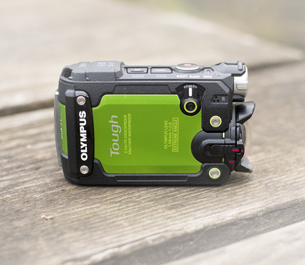
Tough Cameras
Who: Adventurers, busy families, kids
Built to withstand the toughest conditions, this type of compact camera is designed to go with you wherever you go. The casings are highly durable and are shock and water proof – so whether your camera is dropped in the pool by the kids or it falls to the rocky ground as you enjoy your next exciting holiday these tough little companions will keep on shooting no matter what.
Here are some things to consider when looking at compact cameras:
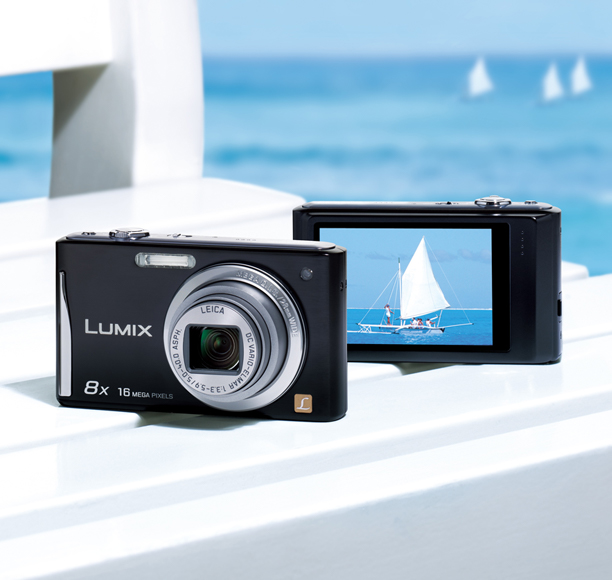
Who: Families and video enthusiasts
Having a video function on your still camera may not be enough for some. Some memories, like baby’s first steps, are more special when captured as moving images. Like their still image cousins, camcorders come in all shapes and sizes, so where do you start?
Firstly, you need to understand the types on the market, which are mostly defined by the way they record and store the footage. This has an impact on the size of the camcorder, its storage capacity, battery life and how you access your footage.
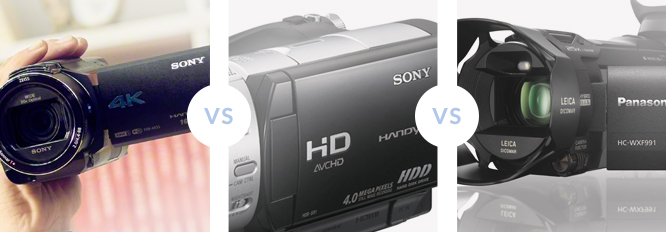
These are the smallest and lightweight type of camcorder and are generally durable and shockproof.
Delivers the largest storage option, with memory ranging up to 250GB and is the bulkiest camcorder.
A mixture between HDD and flash drives this type offers both internal and removable flash memory card storage.
Next you’ll need to consider the features and functionality you need:
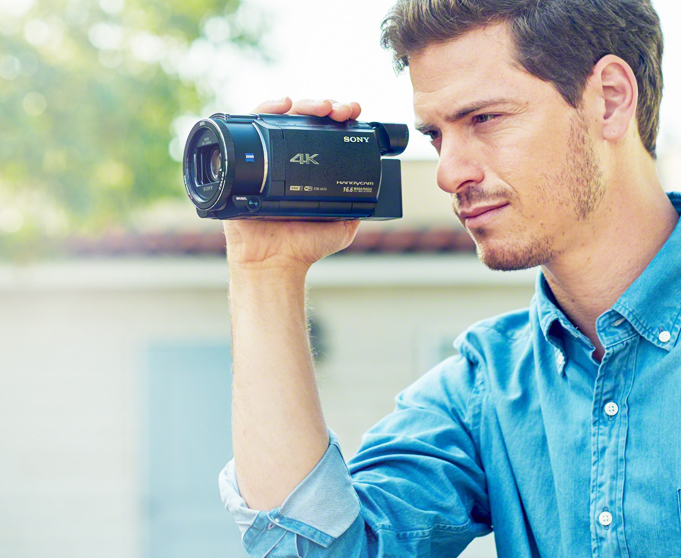
Who: Rugged adventurers, active families, video enthusiasts
Action cameras are the most portable camcorders available. They’re built to be with you, whether it’s skiing down a mountain or snorkelling with the kids your action camera will record every moment.
A few tips to consider when looking for the one that suits you:
